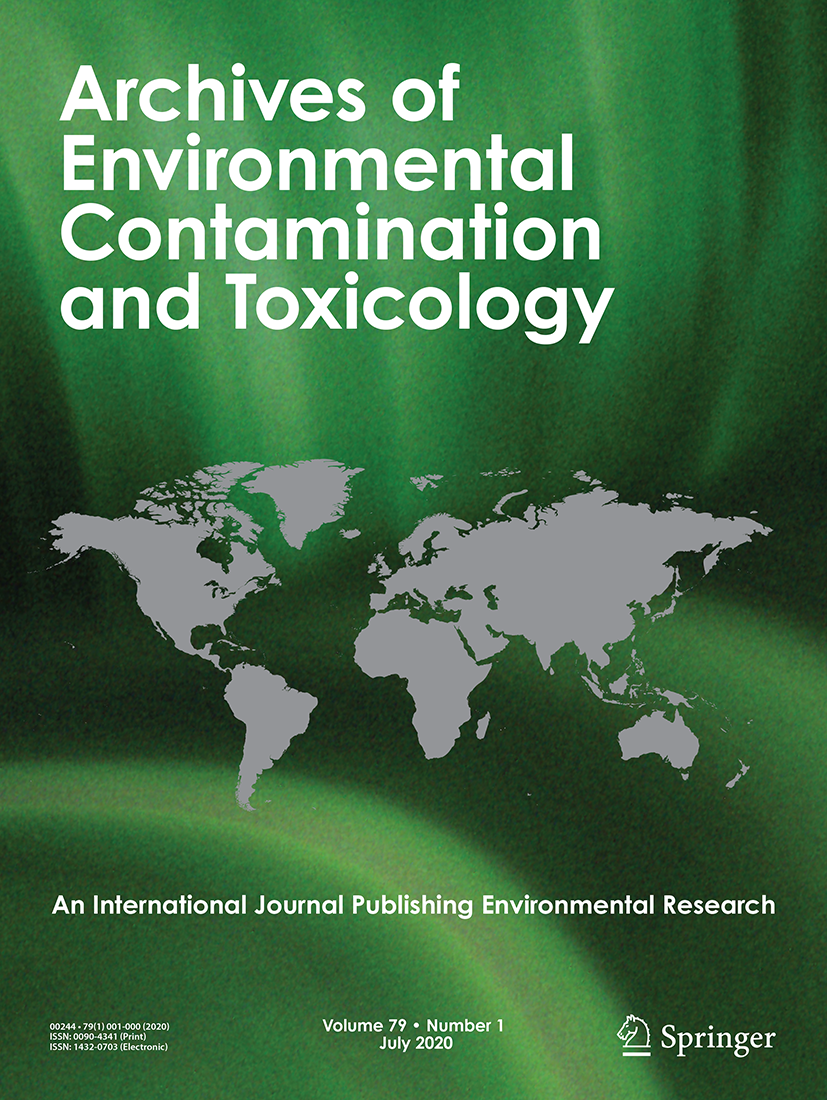Randy Holmes-Farley
Reef Chemist
View Badges
Staff member
Super Moderator
Excellence Award
Expert Contributor
Article Contributor
R2R Research
My Tank Thread
- Joined
- Sep 5, 2014
- Messages
- 67,391
- Reaction score
- 63,732
In the context of trying to understand why so many people believe Seachem Prime was useful for them in an elevated ammonia situation, against the data in the link below about Prime potentially doing nothing to free ammonia in seawater, the question arises, why?

 www.reef2reef.com
www.reef2reef.com
One logical explanation is that folks really do not have a good understanding of how toxic ammonia is. They see 1 or 2 or 5 ppm total ammonia, dose Prime, the fish live, and they declare success.
But how toxic is it really? [note, there are always sublethal effects to toxins, and nowhere in this discussion am I advocating for elevated ammonia, I am focusing solely on the endpoint of death and how it relates to belief in whether Seachem Prime has "worked" in a given scenario]
In other words, what would have happened if they did not use Prime in the identical scenario.
We can use published scientific data on ammonia toxicity to gauge what might have happened.
Of course, every species of fish or invert ay have different ammonia tolerability, and pH also plays a strong role.
But let's explore some data.
Here's a 2019 review article published in INDIAN J. MAR. SCI., VOL. 48, NO. 03, MARCH 2019.
The authors are at the University of Antwerp, Biology Department (Belgium) and the Central Marine Fisheries Research Institute in India. Thus, it is not a hobby publication, and they have already collected a fair number of previously published experiments to summarize.
Table 2 is what we want to look at.
Table 2 — Comparative toxicity of ammonia to various marine fish
Species TA-N (mgL-1) UIA-N (mgL-1)
4 -Day LC50 Sea bass 40 1.7
4 -Day LC50 Sea bream 57 2.5
4 -Day LC50 Turbot 59 2.6
4 -Day LC50 Cat fish 45 1.6
4 -Day LC50 Rainbow trout 22 0.3-0.6
8 -Day LC50 Sea bass >22.3 >0.9
20 -Day LC50 Sea bream 15.7 0.89
28 -Day LC50 Turbot 38 1
20-Day EC50 Sea bream 15.7 0.89
28-Day EC50 Turbot 17-19 0.50-0.65
55-Day EC50 Turbot 17-21 0.60-0.75
55-Day EC50 Sea bass 22 0.9
LC50 = Lethal concentration for 50% of the population
EC50 = Concentration reducing growth by 50%
Note the important measure: LC50. That is the concentration where 50% of the fish die in the indicated time.
ALL of the data supports the idea that few of these fish (much less than half) would die in 10-20 ppm total ammonia in 2 days. It takes 4 days in more than twice as much ammonia to kill even half of them.
That concentration is a long, long way above what most reefers would use as a trigger point for using Prime. So when fish survive, it may just be the expected result, whether Prime is added or not.
I don't want to make this initial post too long, so we can follow up with additional papers as they arise showing LC50 data for marine fish in seawater.
But I will note here that these results are typical, not an outlier. This paper shows similar results, where more than 1 ppm FREE ammonia is needed to kill half of a batch of silversides in 96 h. That translates to about 25 ppm total ammonia at pH 8.0.

 link.springer.com
link.springer.com

Does Prime actually "Detoxify" free ammonia, NH3?
This started when @Dan_P was looking at measuring NH3 with seneye and was curious about performance near zero NH3. I suggested trying Prime to artificially zero out the NH3 sensor, and the results were weird... so I checked with my seachem kit. Prime by Seachem is commonly used to treat tap...
 www.reef2reef.com
www.reef2reef.com
One logical explanation is that folks really do not have a good understanding of how toxic ammonia is. They see 1 or 2 or 5 ppm total ammonia, dose Prime, the fish live, and they declare success.
But how toxic is it really? [note, there are always sublethal effects to toxins, and nowhere in this discussion am I advocating for elevated ammonia, I am focusing solely on the endpoint of death and how it relates to belief in whether Seachem Prime has "worked" in a given scenario]
In other words, what would have happened if they did not use Prime in the identical scenario.
We can use published scientific data on ammonia toxicity to gauge what might have happened.
Of course, every species of fish or invert ay have different ammonia tolerability, and pH also plays a strong role.
But let's explore some data.
Here's a 2019 review article published in INDIAN J. MAR. SCI., VOL. 48, NO. 03, MARCH 2019.
The authors are at the University of Antwerp, Biology Department (Belgium) and the Central Marine Fisheries Research Institute in India. Thus, it is not a hobby publication, and they have already collected a fair number of previously published experiments to summarize.
Table 2 is what we want to look at.
Table 2 — Comparative toxicity of ammonia to various marine fish
Species TA-N (mgL-1) UIA-N (mgL-1)
4 -Day LC50 Sea bass 40 1.7
4 -Day LC50 Sea bream 57 2.5
4 -Day LC50 Turbot 59 2.6
4 -Day LC50 Cat fish 45 1.6
4 -Day LC50 Rainbow trout 22 0.3-0.6
8 -Day LC50 Sea bass >22.3 >0.9
20 -Day LC50 Sea bream 15.7 0.89
28 -Day LC50 Turbot 38 1
20-Day EC50 Sea bream 15.7 0.89
28-Day EC50 Turbot 17-19 0.50-0.65
55-Day EC50 Turbot 17-21 0.60-0.75
55-Day EC50 Sea bass 22 0.9
LC50 = Lethal concentration for 50% of the population
EC50 = Concentration reducing growth by 50%
Note the important measure: LC50. That is the concentration where 50% of the fish die in the indicated time.
ALL of the data supports the idea that few of these fish (much less than half) would die in 10-20 ppm total ammonia in 2 days. It takes 4 days in more than twice as much ammonia to kill even half of them.
That concentration is a long, long way above what most reefers would use as a trigger point for using Prime. So when fish survive, it may just be the expected result, whether Prime is added or not.
I don't want to make this initial post too long, so we can follow up with additional papers as they arise showing LC50 data for marine fish in seawater.
But I will note here that these results are typical, not an outlier. This paper shows similar results, where more than 1 ppm FREE ammonia is needed to kill half of a batch of silversides in 96 h. That translates to about 25 ppm total ammonia at pH 8.0.
The acute and chronic toxicity of ammonia to marine fish and a mysid - Archives of Environmental Contamination and Toxicology
The acute toxicity (96-hr LC50) of un-ionized ammonia to mysids (Mysidopsis bahia) and larval inland silversides (Menidia beryllina) was influenced by pH and salinity in a species specific manner. With mysids, NH3 was most toxic at pH 7.0 and less toxic at pH 8.0 and 9.0. In contrast, NH3...


















